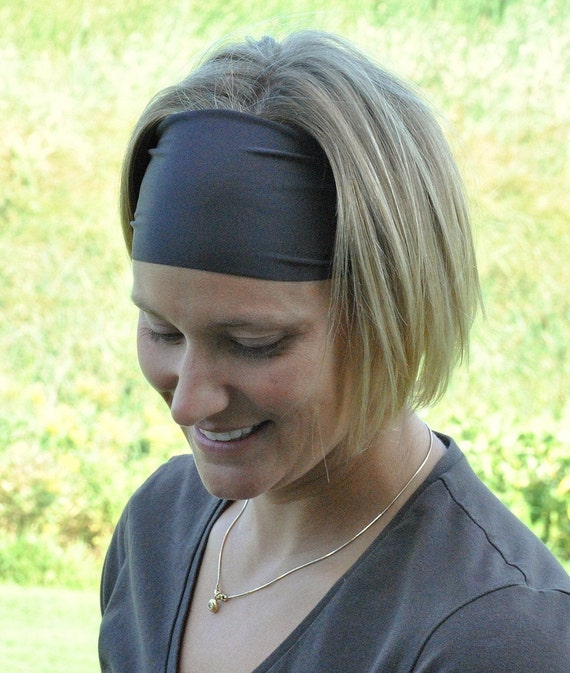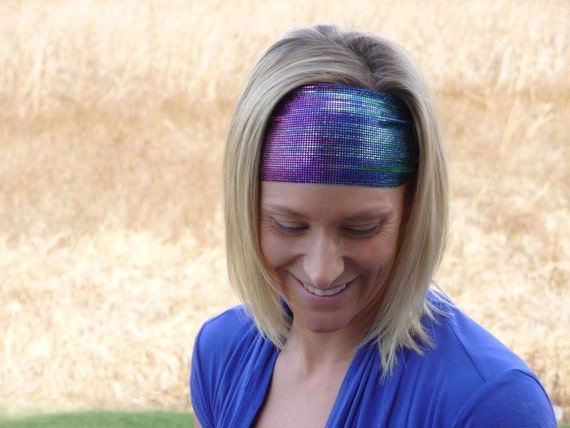Well... sort of. Technically, I won't be finishing a marathon. I'm just volunteering at the Minneapolis Marathon with some community center friends.
See that blue oval right here? That is where I'll spend my early Sunday AM:
As I gear up for the event, and wonder if I'll ever be inspired (well, actually, crazy) enough to marathon myself, I've been pondering something over the last week or so...
Did you know women used to be banned from distance running?
"Even in the Olympics, women were not allowed to run more than a half-mile lest, it was believed, they would risk their femininity and reproductive health. The most alarmist officials warned that a woman who ran a more ambitious distance might cause her uterus to fall out."
WOAH! Wait, wait, wait. My uterus might fall out? NO WONDER why mile 11 sucks so much for me on a half marathon!!! LOL!
Ok, but seriously though.
The other week, I watched two very interesting movies about marathon running. I highly suggest you watch them, even if you're not a runner. It will help you understand the insanity that is marathoning.
The first video I watched was by NOVA. They took a group of sedentary adults who "at the most go bowling", and over the course of 40 weeks train them to run a marathon. We're talking the whole gamut - old, ill, overweight, out of shape... and they all do it. AMAZING!
"NOVA - Marathon Challenge"
The second video I watched was by a group of film makers who wanted to capture the story of what it's like to be a marathoner. They follow a small handful of adults training for the Chicago marathon. You meet top elites down through a senior who keeps running just because he can. The story is terrific, and will be sequeled by the filmmakers soon... I'm looking forward to that!
"The Spirit of the Marathon"
Anyhow! Back to the topic of this post. Women in distance running.
In watching the above two movies, I learned something that really shouldn't surprise me. Apparently women were not allowed to compete in distance running back in the day.
Well, technically, they weren't "banned". They were just not ... shall we say... "encouraged".
Here's in part why:
In the early 1900's, women were eager to compete in the Olympics, but were only allowed to participate in limited categories. However, over about 20 years of Olympic gatherings (let's say from 1900-1920ish), women were proving to be good in tennis and other various sports. As a result, in 1928 women were allowed to compete in track and field events for the first time.
Unfortunately, 1928 was an extremely hot year for summer sports, and many women fainted after completing the 800-meter. Because of this high exhaustion rate, it was assumed that women could not handle the physical requirements of distance running. Therefore, women's distance running events were removed from the Olympics until 1960.
(No events were removed from the program when some male Olympians also had heat related issues, hmmm...)
Since running was not on the program at an Olympic level, a trickle down happened - it became an accepted standard that women didn't (or shouldn't) run.
And this is where it gets interesting. Because guess what? Women like to run. Duh!
And that's where the ladies start to fight the establishment. GUUURRRLLL power!
I'll start by saying: yes, I'm sure there are other groundbreaking women runners out there (IE Julia Chase-Brand), but since the above two videos included a bit about K. V. Switzer, and because I find her story about Boston amusing, I'm going to focus on her. For now, at least.
To set the scene, let's imagine the year is 1967. The Boston Marathon is nearing.
(Off topic - wow, the Boston Marathon sure has a different meaning after this year. My thoughts are still with everyone at the race on that day.)
Anyway, 1967. Of course, in those days, the idea of women running a 26.2-mile distance is completely foreign. So, the Boston rulebook doesn't even mention that women competitors are not allowed.
Since the rules do not specifically say no, 19 year old running enthusiast Kathrine Switzer, who has trained with runs as long as 30 miles, registers for the Boston Marathon.
Registration surprisingly goes without a hitch - apparently Kathrine was in school for journalism at the time, and was in the habit of signing her name as K. V. Switzer. "I thought K.V. Switzer was a very cool signature," she said. "Like J.D. Salinger." Number 261 is assigned to one K. V. Switzer. (Note: I privately wonder if she did use the K.V. to ensure the gender neutrality of her application... they did not require a gender identification on the forms back then like they did now, but the name Kathrine would surely give her away before race day - regardless, good for her for working the system).
Even race day starts without much ado. Of course people NOTICE there's a woman on course, but no one is stopping her. Kathrine makes it to about mile two, running with her boyfriend Tom Miller, before her gender even becomes an issue.
And then...
BOOM GOES THE DYNAMITE!
In a rage, race director Jock Semple came lunging at Kathrine. He got his hands on her shoulders and screamed "Give me those numbers and get the hell out of my race!" The wild look in his eyes still haunts Switzer. "Seeing that face scared the s--- out of me," she said.
But before the race director could rip off Kathrine's numbers, her boyfriend Tom (a 235-pound football player), laid a cross-body block on Semple, sending him to the side of the road in a heap.
While Kathrine was not harmed by the attack, and was able to complete the race, she spent the rest of her run in a cloud of personal misery and embarrassment before coming to terms with the attack. "While I was running, I had been kind of blaming women for not knowing how wonderful running and sports could be," she said. "And then I realized it wasn't their fault. They didn't have opportunities. I'd been really lucky. It was kind of this 'Eureka!' moment."
Kathrine finished with a time of 4 hours 20 minutes. And before she could even feel her sore muscles that evening, the above photos were being blasted all over the press.
The fiasco helped put women runners on the map, but it was Kathrine's years of legwork afterward that led the International Olympic Committee (IOC) to add a women's marathon to the Games' program.
First, not only did she return to Boston when women were officially welcomed in 1972, additionally she began setting major records. She won the 1974 New York City Marathon and ran a personal best of 2:51 at Boston in 1975.
Then, a couple of years later, a top Avon executive who'd read about Kathrine's running invited her to look over a proposal for a women-only marathon in Atlanta. Kathrine blew it out, rewriting it into a 40-page report, proposing a multicity (and eventually international) road racing series for women. The Avon International Running Circuit was born. Women came out by the thousands to compete.
The series was crucial to getting the marathon into the Olympic Games, because a sport has to be contested in 25 countries and on three continents before it can be considered. In 1981, with the success of the Avon circuit as proof of the sport's viability, the IOC voted to include a women's marathon in the 1984 Games.
Finally, women could officially run! And we all sighed with relief. Maybe our uteruses (uteri?) weren't so much at risk after all.
It's thanks to women like Kathrine that I'm able to do what I do today... run, and have fun with it. I really admire her for her groundbreaking at Boston in 1967.
And in case you're wondering - as of 2012, Kathrine plans to run Boston in 2017, marking the 50th anniversary of her big day. But at least this time, she won't have to worry about someone else stealing her numbers!
***If you'd like to read more information, or to see where I sourced some of the above, please see this article:
http://espn.go.com/espnw/more-sports/7803502/2012-boston-marathon-how-kathrine-switzer-paved-way-female-runners










































